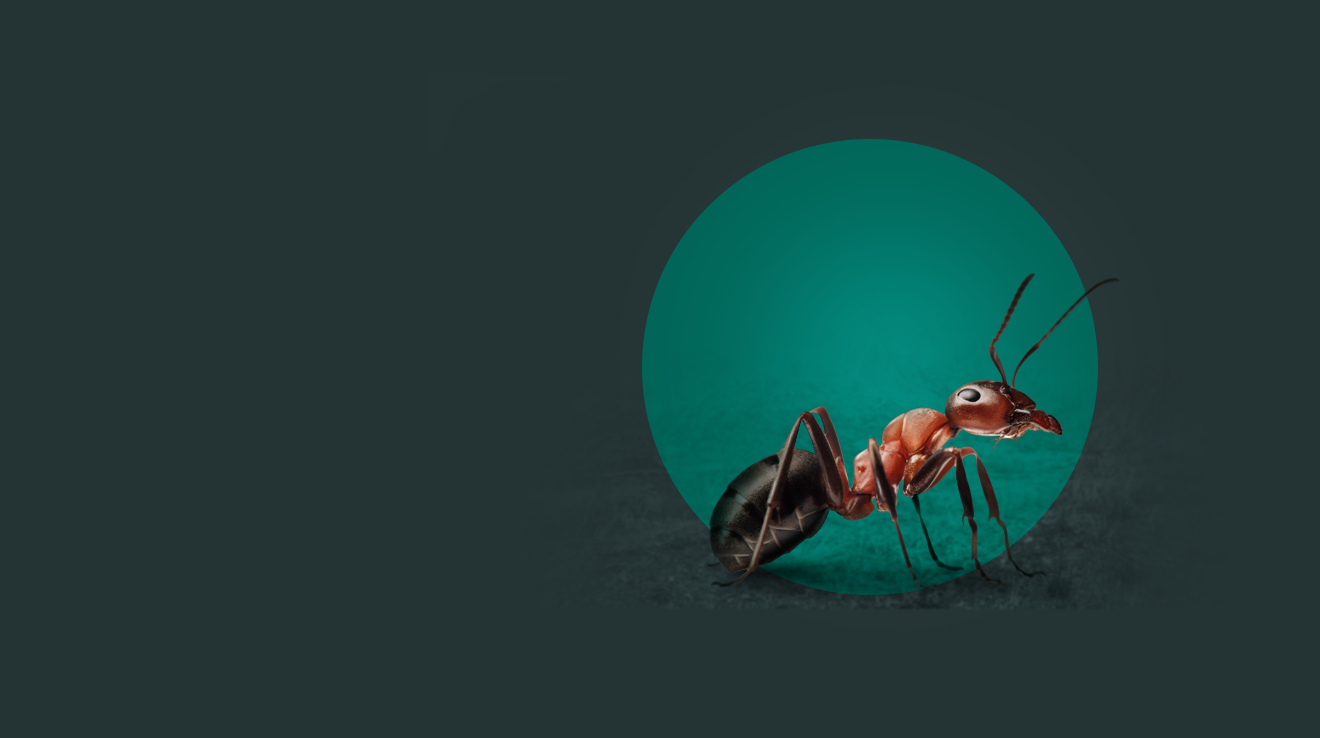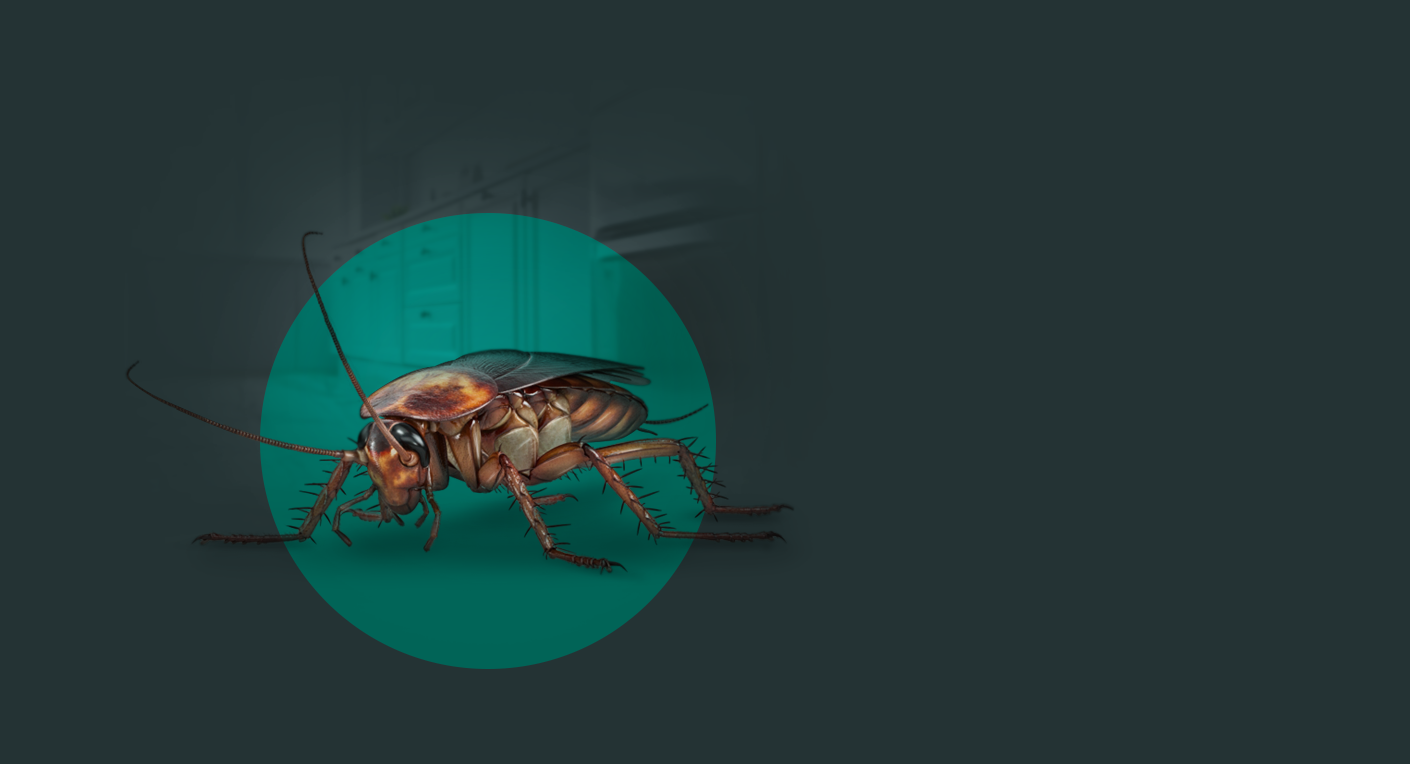Facts
What is Malaria and Facts
Anyone can get malaria. Most cases occur in people who live in countries with malaria transmission. People from countries with no malaria can become infected when they travel to countries with malaria or through a blood transfusion (although this is very rare). It is important to know that an infected mother can transmit malaria to her infant before or during delivery.
Malaria is caused by parasites that are transmitted to people through the bites of infected mosquitoes
Malaria is caused by Plasmodium parasites that are spread to people through the bites of infected Anopheles mosquito vectors. Of the 5 parasite species that cause malaria in humans, P. falciparum is the most deadly. The first symptoms of malaria – fever, headache, and chills – usually appear 10–15 days after the infective mosquito bite. Left untreated, P. falciparum malaria can progress to severe illness and death.
Sub-Saharan Africa carries the heaviest malaria burden
In 2017, there were an estimated 219 million cases of malaria in 87 countries. While approximately 90% of malaria cases and deaths occur in sub-Saharan Africa, many people living in the WHO regions of South-East Asia, Eastern Mediterranean, Western Pacific, and the Americas are also at risk of contracting the disease. Source: World Health Organisation, 2019
Source: World Health Organisation, 2019
- Plasmodium
- Parasite that causes malaria in humans
- 1st Infected Mosquito
- 1st Infected person
- Infected liver cells
- Infected red blood cells
- 2nd Infected mosquito
- 2nd Infected person
Convulsions
Jaundice
Anemia
Speen enlargement
Enlarged liver
Kidney failure
- There are over 3,500 species of mosquitoes
- Mosquito’ is Spanish for ‘little fly’
- Mosquitoes are little, but they are the deadliest creature on earth
- Some mosquitoes hibernate in the cold and some die in the cold
- Mosquitoes can smell human breath and sweat
- Mosquitoes do not fly far or fast, and cannot jump
- Mosquitoes do not have teeth
- The mosquito saliva causes the bump and itch when you are ‘bitten’
- Dark clothing attracts mosquitoes

- Ants can carry three times more that their own weight
- There are 7 billion humans on Earth but that’s nothing compared to ants. Current estimates show that there could be around 10 quadrillion ants on the planet. That’s 10,000,000,000,000,000.
- Rather than working as individuals, they function as parts of a collective whole, doing what is best for the colony as a collective.
- Ants can be found on the every continent except Antarctica

- Cockroaches eat basically anything including each other
- Cockroaches can fit through tiny gaps and cracks by flattening themselves
- Cockroaches can survive a months without food and survive a week without their head, but need water

- Keeping food sealed and stored properly
- Clean up after food preparation and eating
- Seal cracks in your home
- Keep trash/bins covered and emptied regularly
- Humid climates are prone to cockroach infestations
- Cockroach faeces look like tiny black or brown rice grains
- Both alive and dead cockroach emit a bad smell
